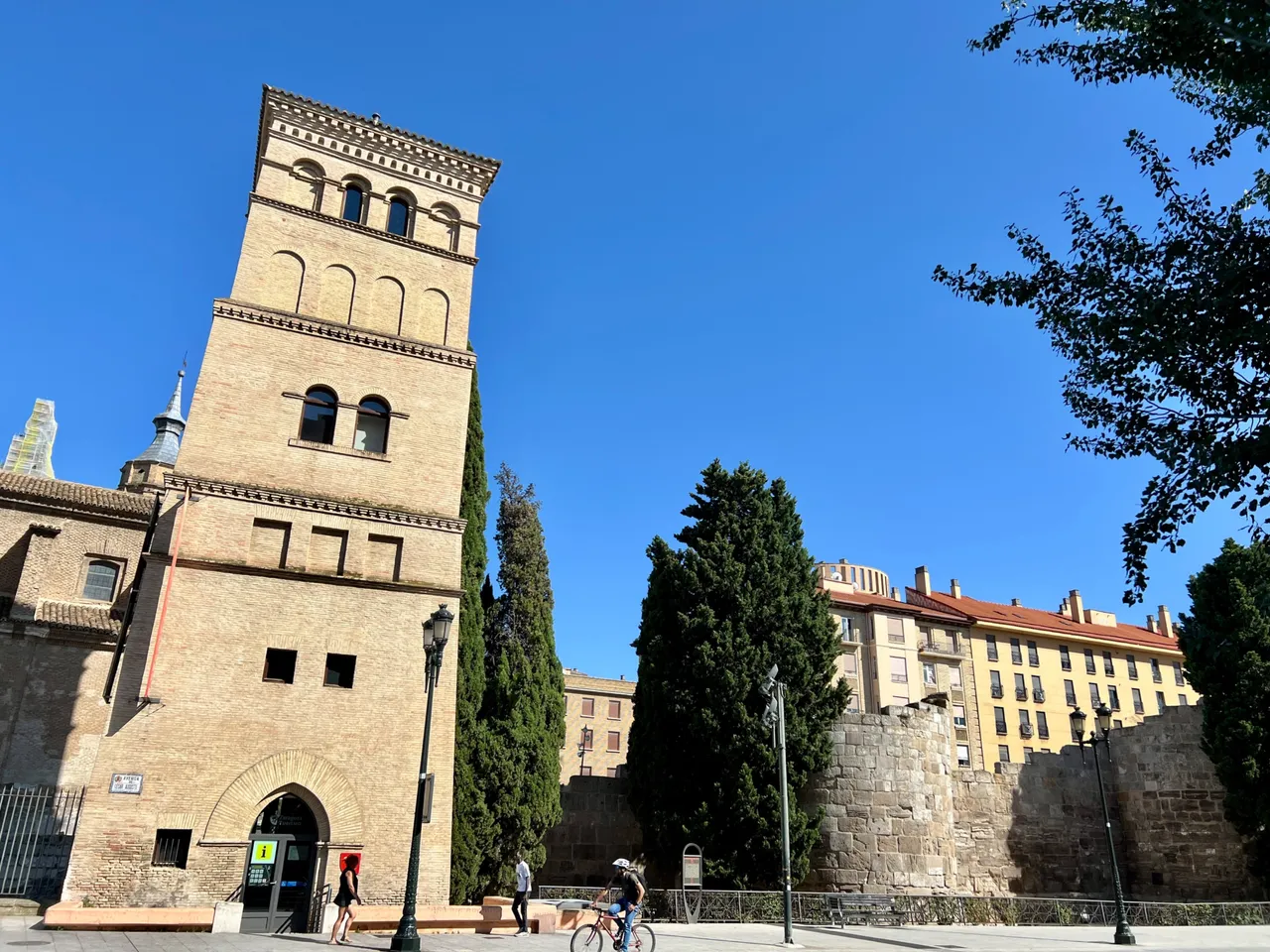
Click here to read this post in English

Hola querido hiver.
Hoy subiremos a las alturas para ver la ciudad de Zaragoza desde un ángulo diferente. Esta ha sido la primera vez que subía al Torreón de la Zuda, que es como se llama este edificio. He pasado cientos de veces junto a él pero no recuerdo haber entrado nunca.
Su uso actual es como oficina de turismo, pero en sus más de mil años de historia ha pasado por ser parte del alcázar musulmán, palacio cristiano, cárcel... en fin, que ha estado bien aprovechado. Lo que vemos ahora es la restauración lo más fiel posible a como era en el siglo XVI.

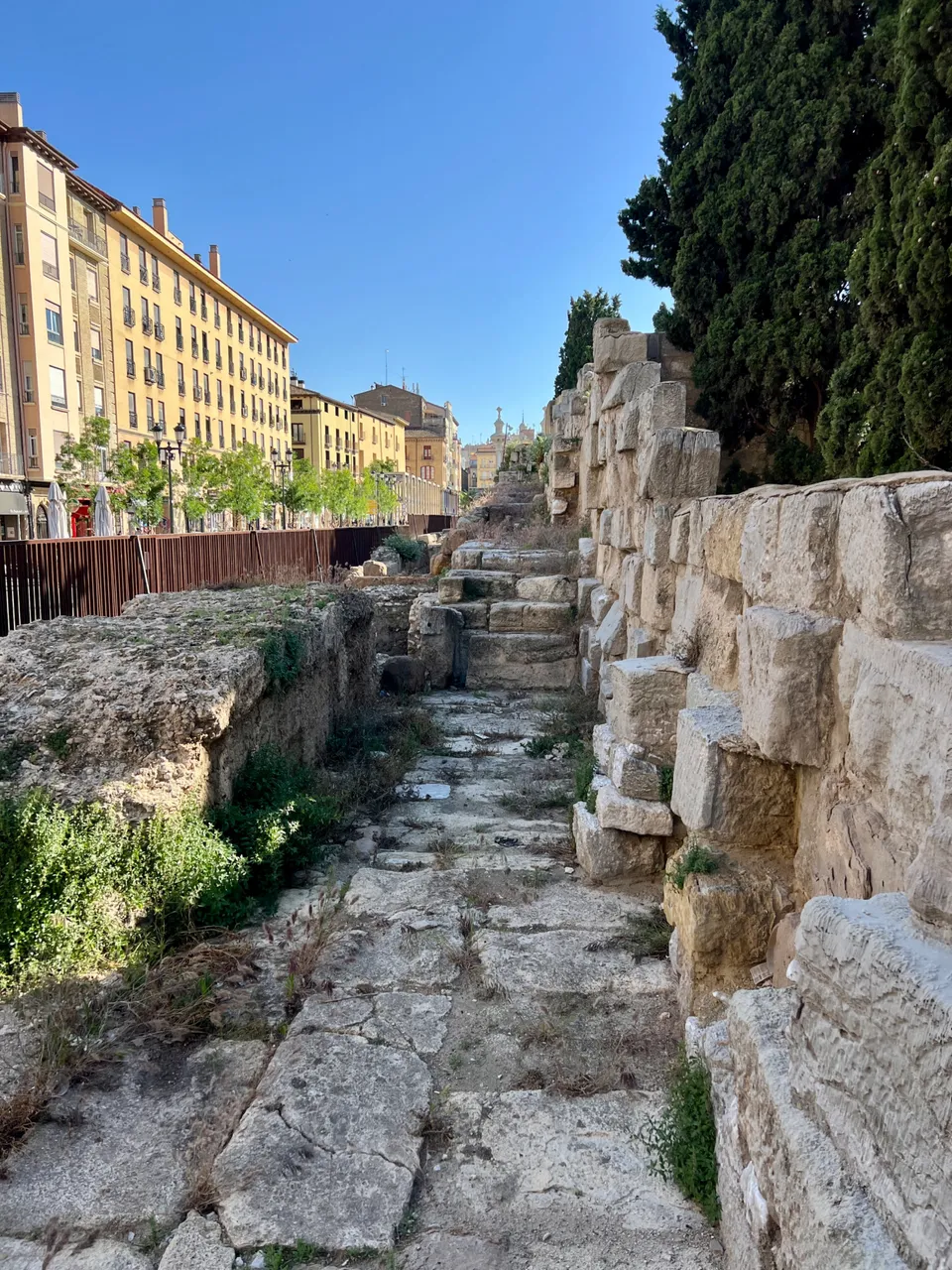
El acceso al Torreón de la Zuda se realiza atravesando una pasarela que nos permite salvar los restos de muralla romana sin deteriorarlos. No olvidemos que estamos en una ciudad de más de dos mil años, repleta de restos arqueológicos en el subsuelo.

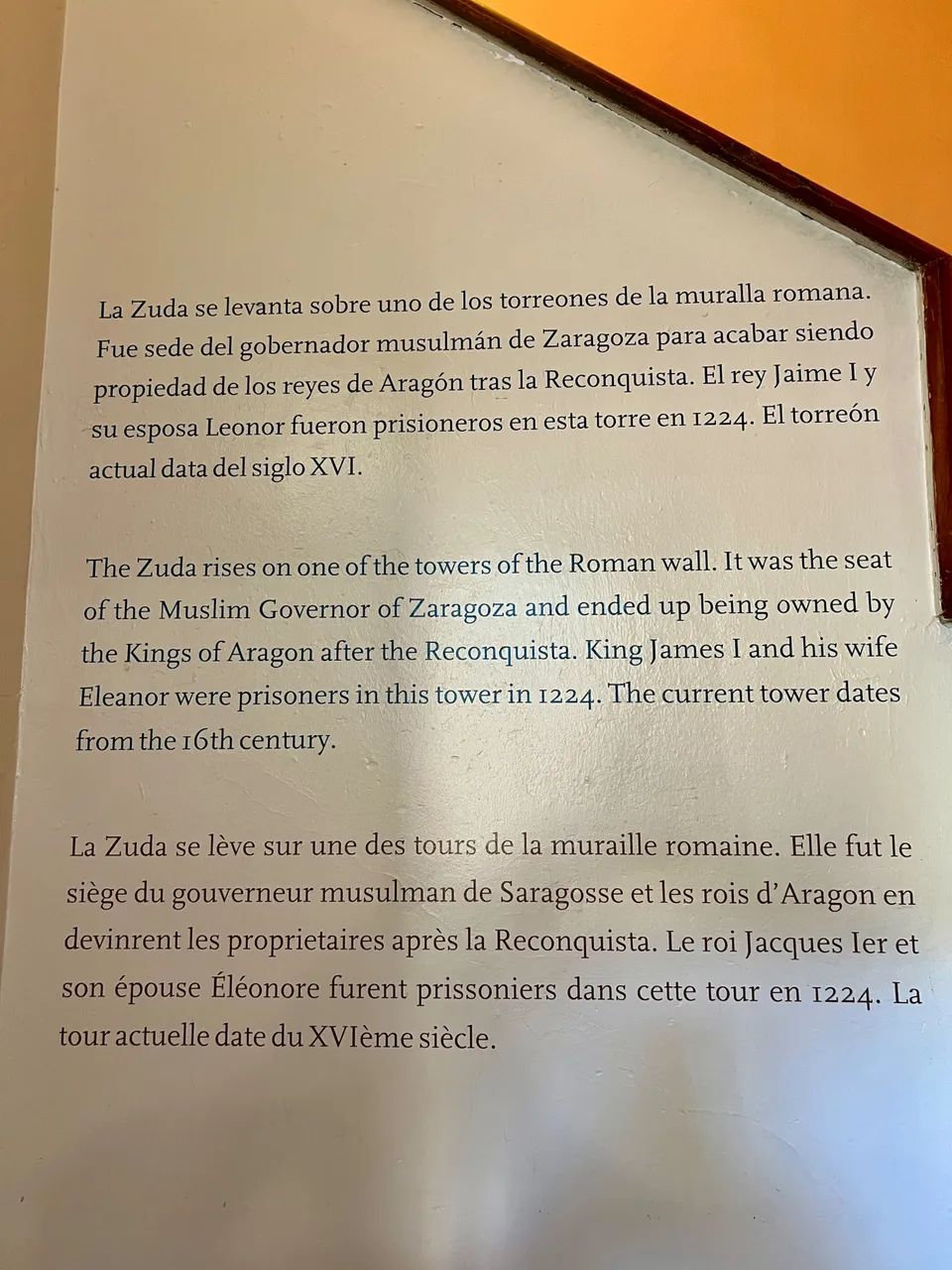
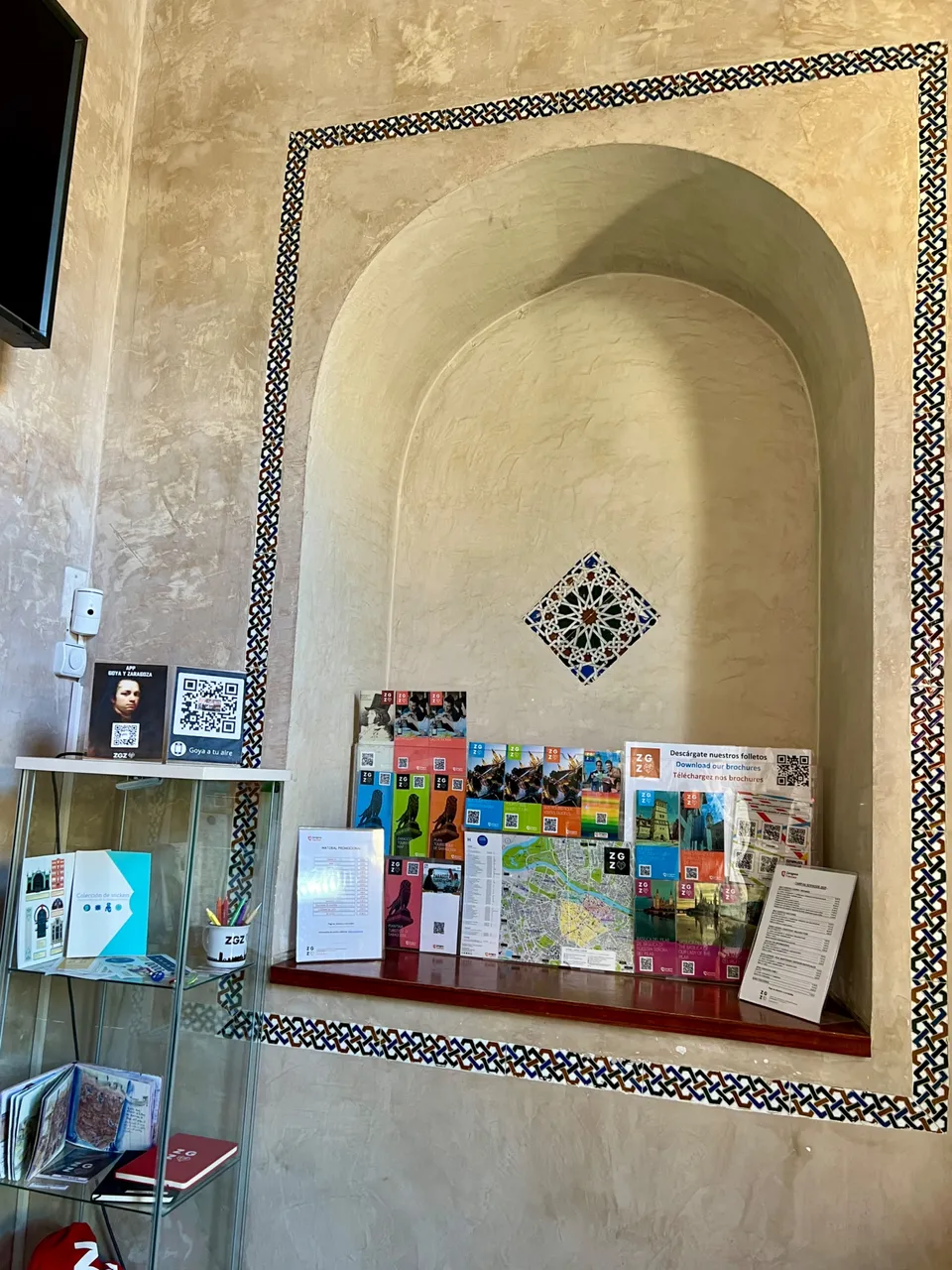
Entramos a un pequeño recibidor cuyos detalles decorativos nos recuerdan al arte mudéjar, tan presente en Aragón. A la izquierda está el mostrador de información y a la derecha una pequeña exposición de los diferentes materiales que podemos solicitar en él, todos dirigidos al turista.
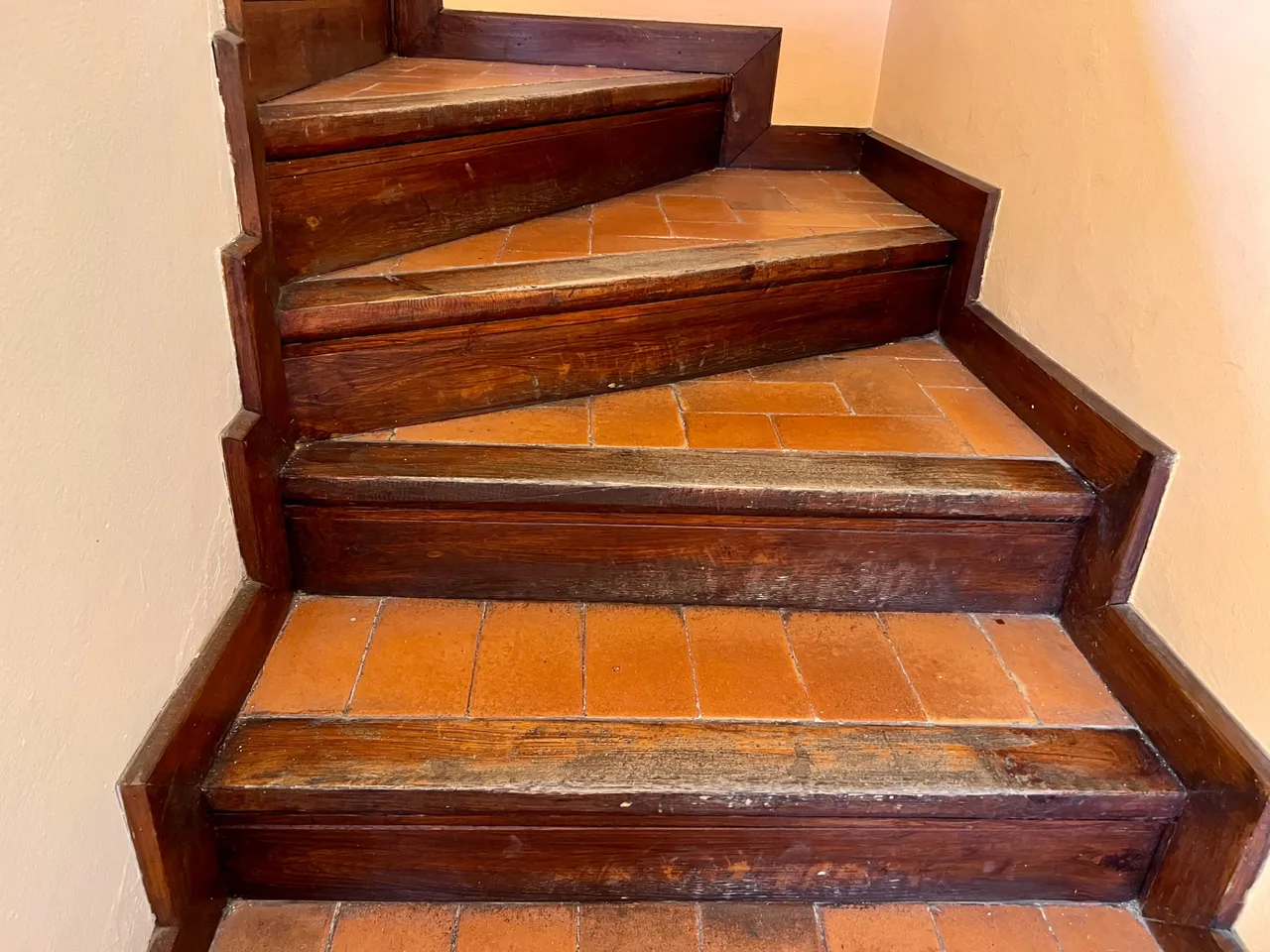
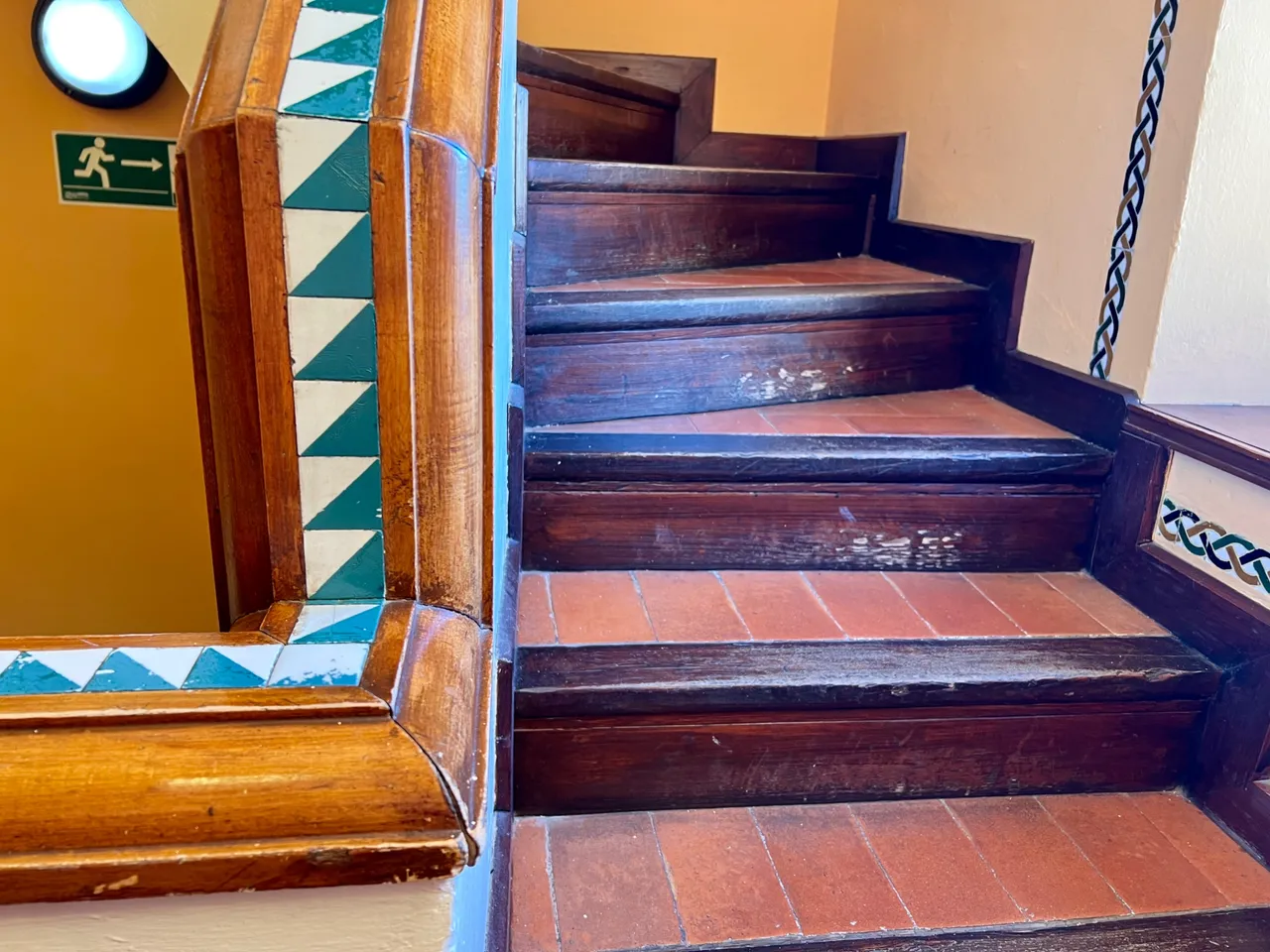
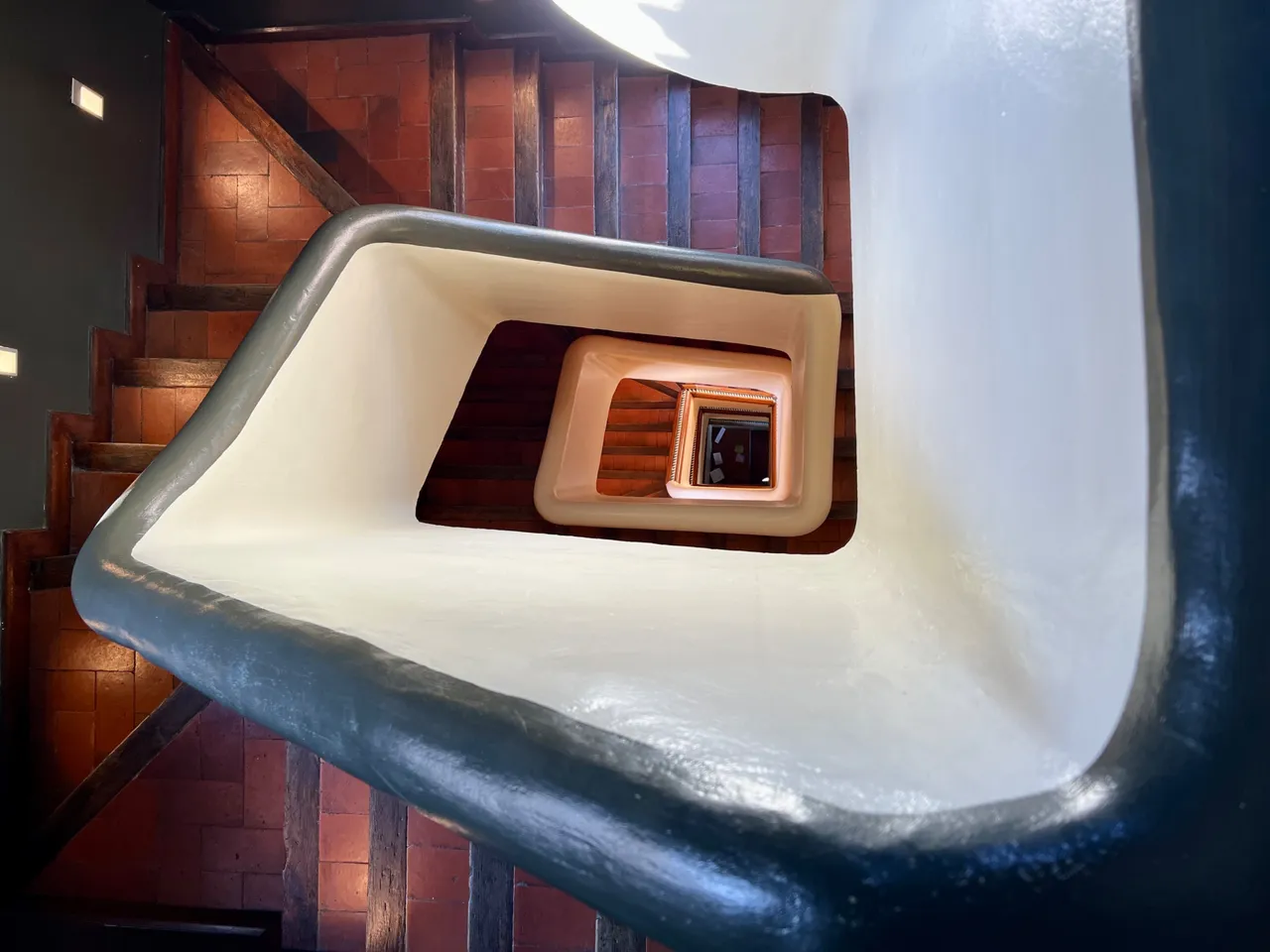
A la derecha encontramos las escaleras, única forma de acceder al mirador. El reducido espacio impide la instalación de un ascensor que salve el desnivel. Al principio son cómodas, pero cuando vas por la tercera planta se nota el sobreesfuerzo... ¡y todavía quedan dos pisos más!
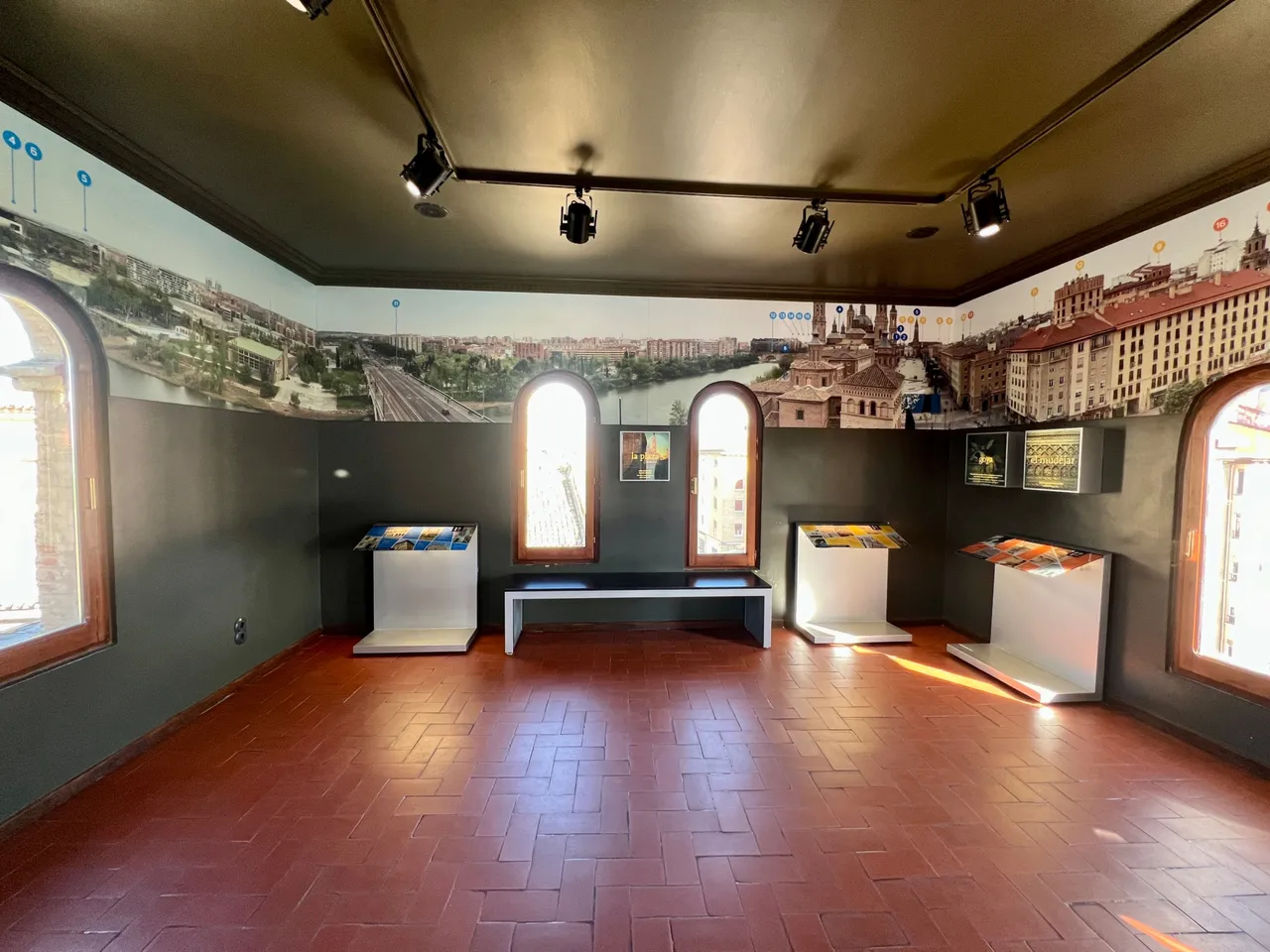
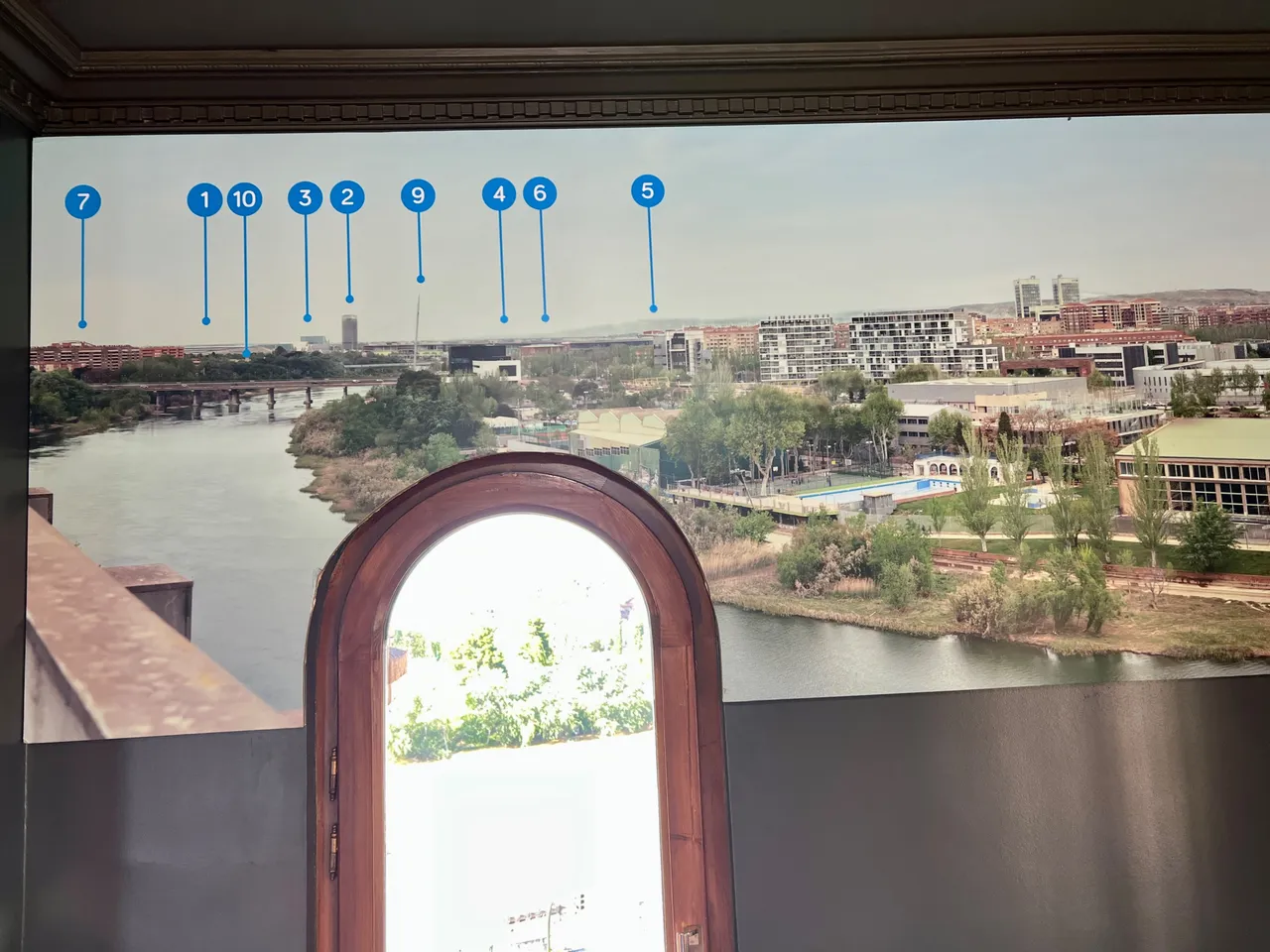
Al llegar arriba, sin embargo, comprendemos que el esfuerzo ha merecido la pena. Ante nosotros se despliega una pequeña sala con ventanales en todos sus costados, una panorámica de 360º de Zaragoza. Las cuatro culturas que la han poblado (íbera, romana, musulmana y cristiana) están incluidas en la ciudad del presente.
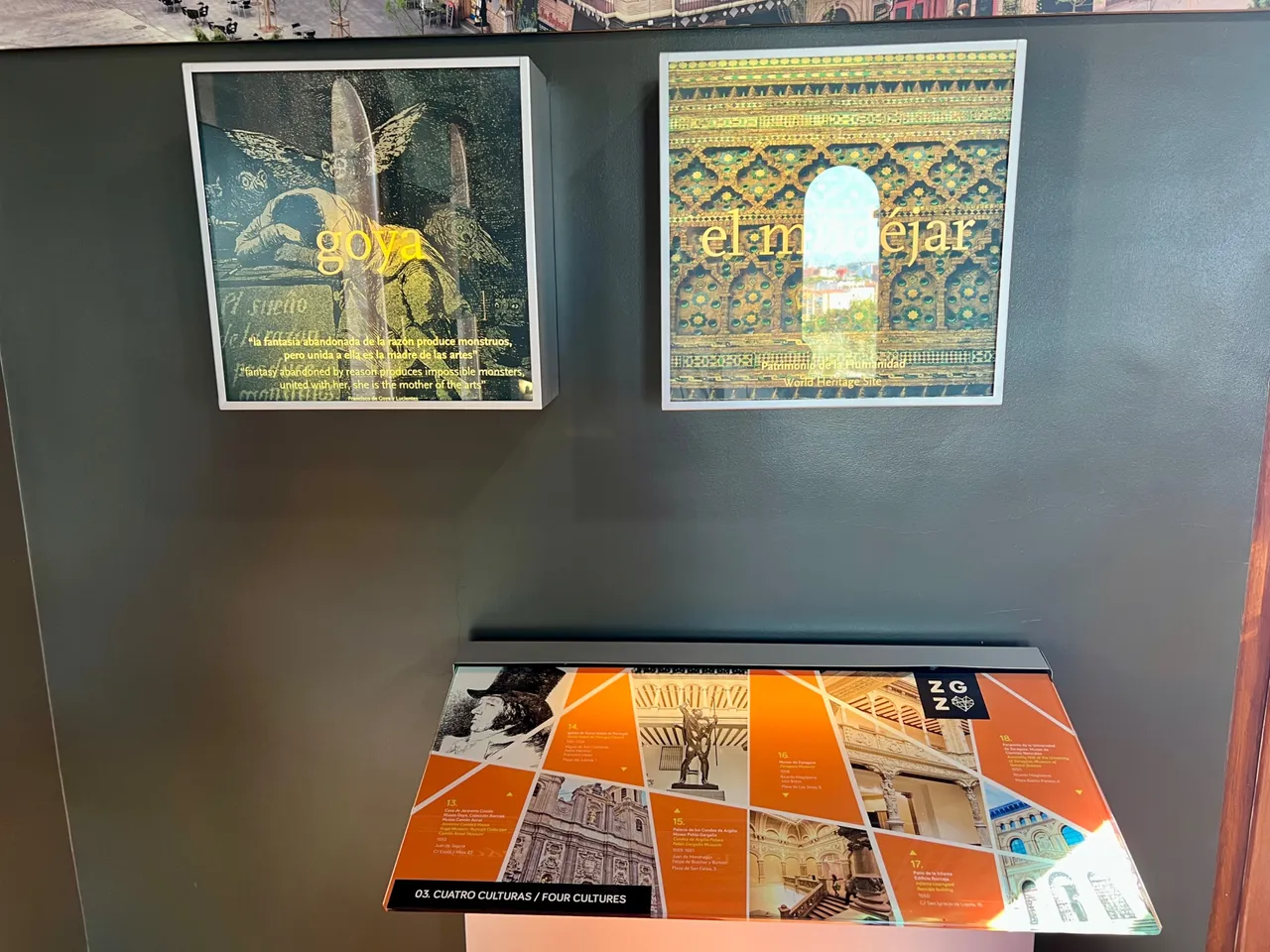
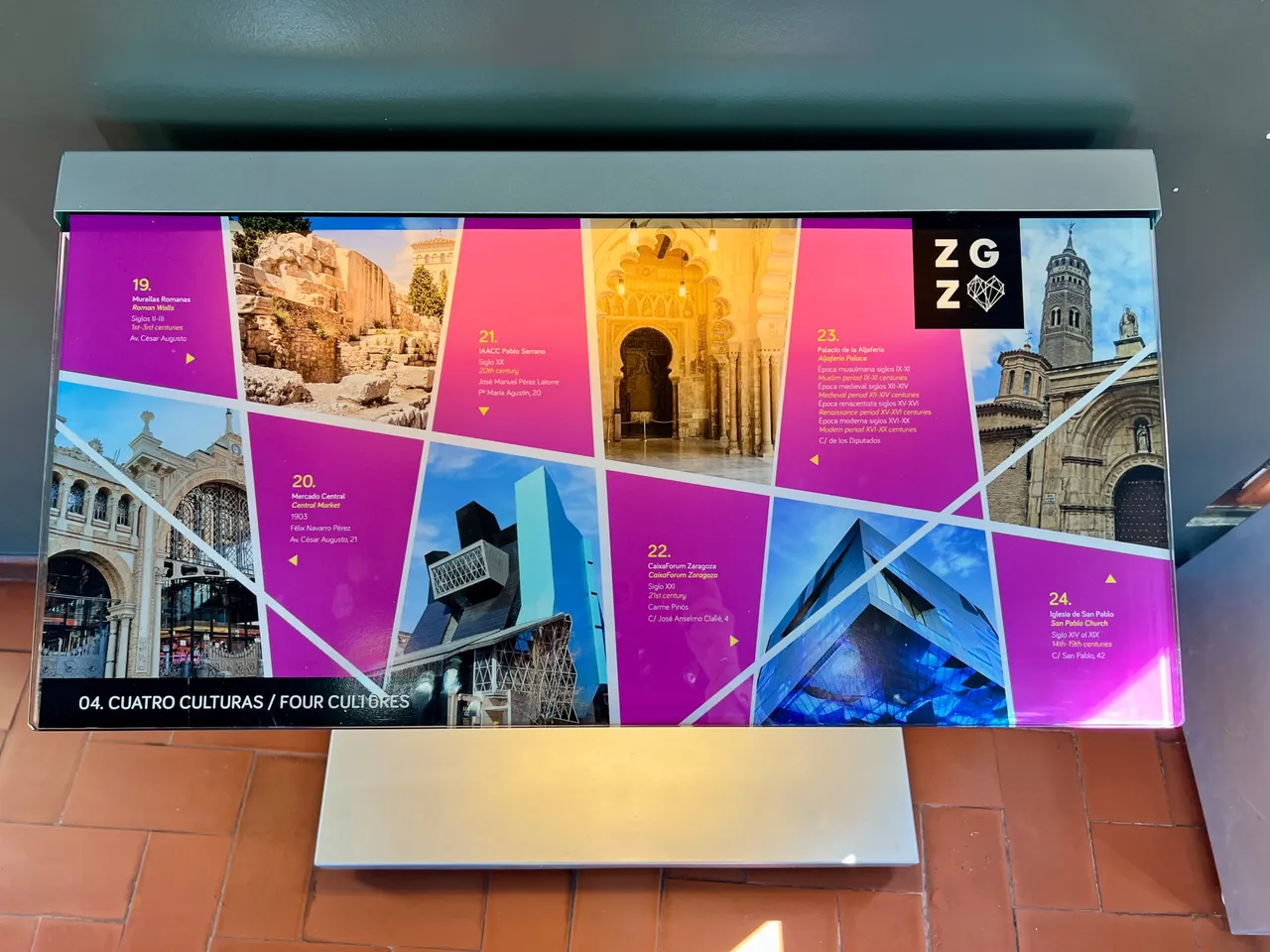
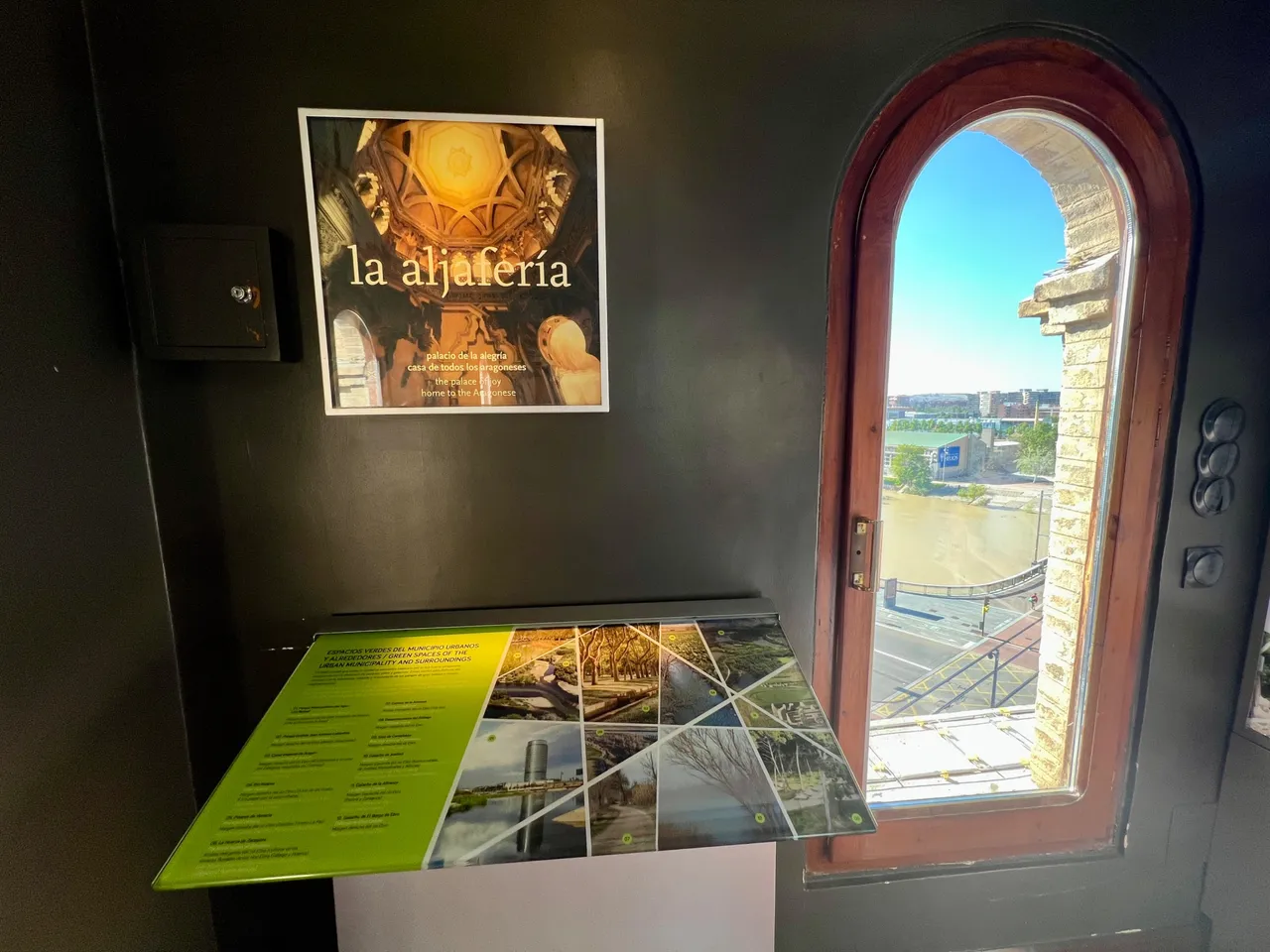
Los paneles informativos instalados nos indican los principales lugares de interés de la ciudad y gracias al perfil fotográfico de la parte superior podemos localizarlos. Una vez hecho esto, vamos a asomarnos cada ventanal.
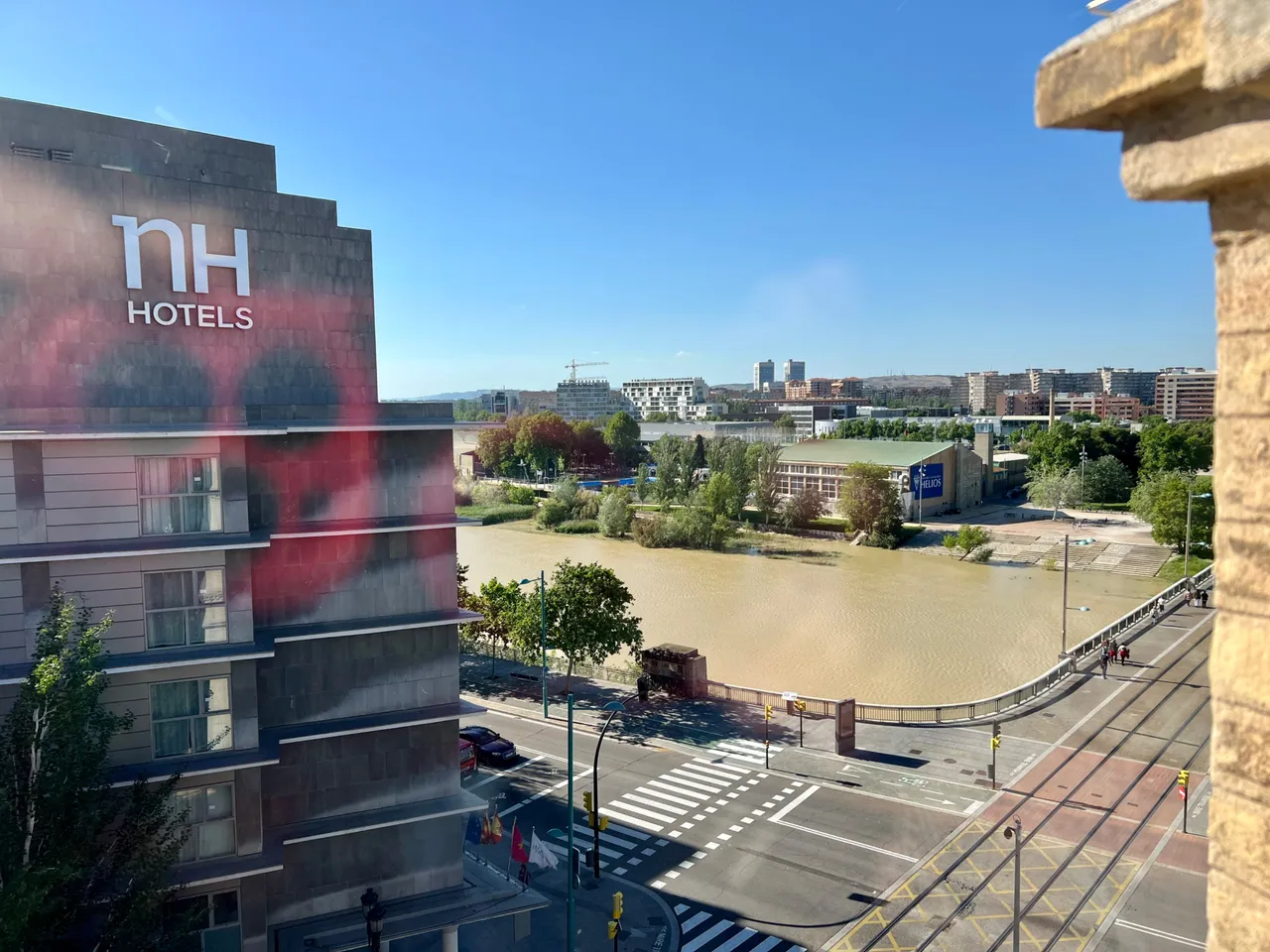

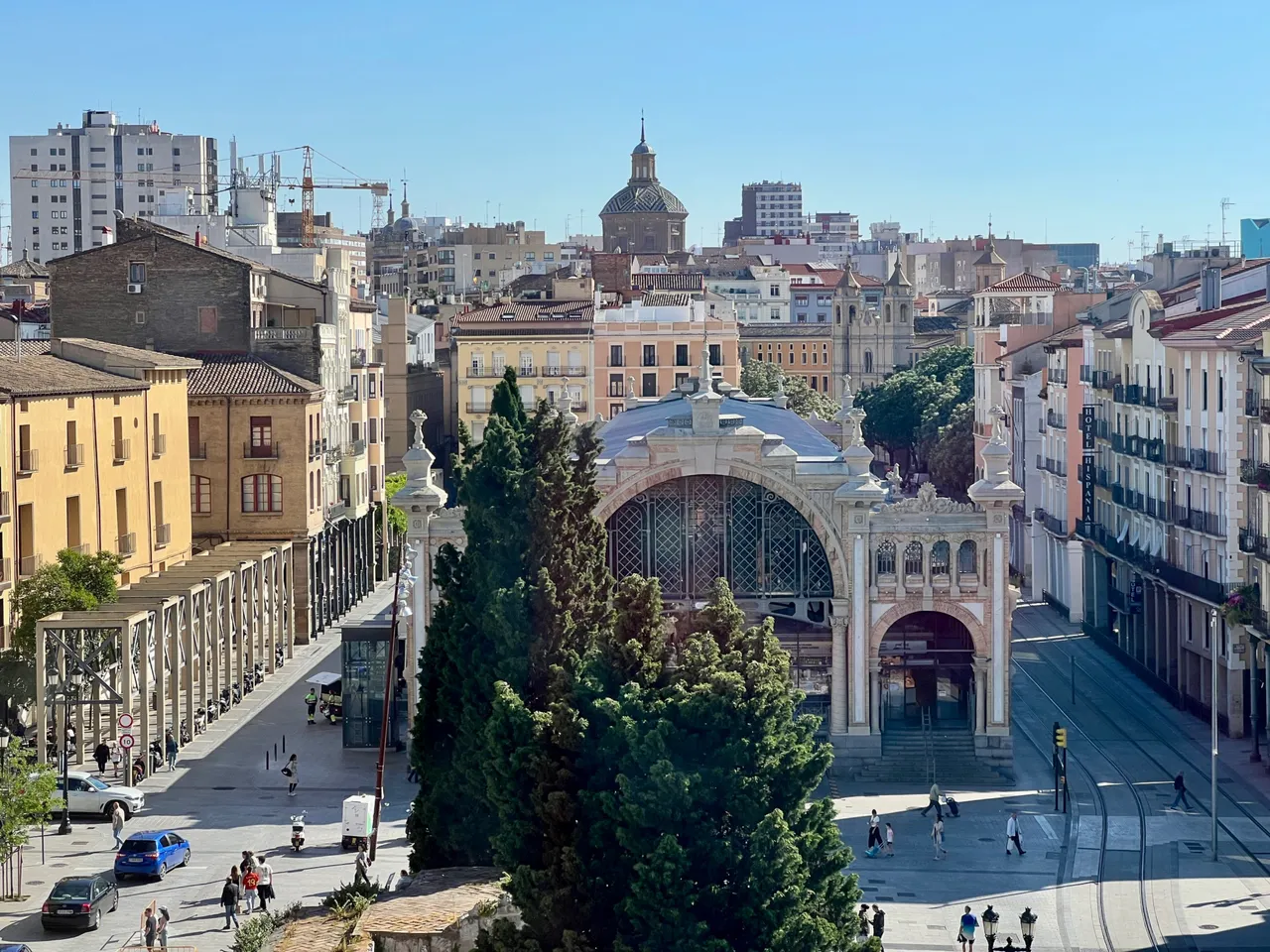
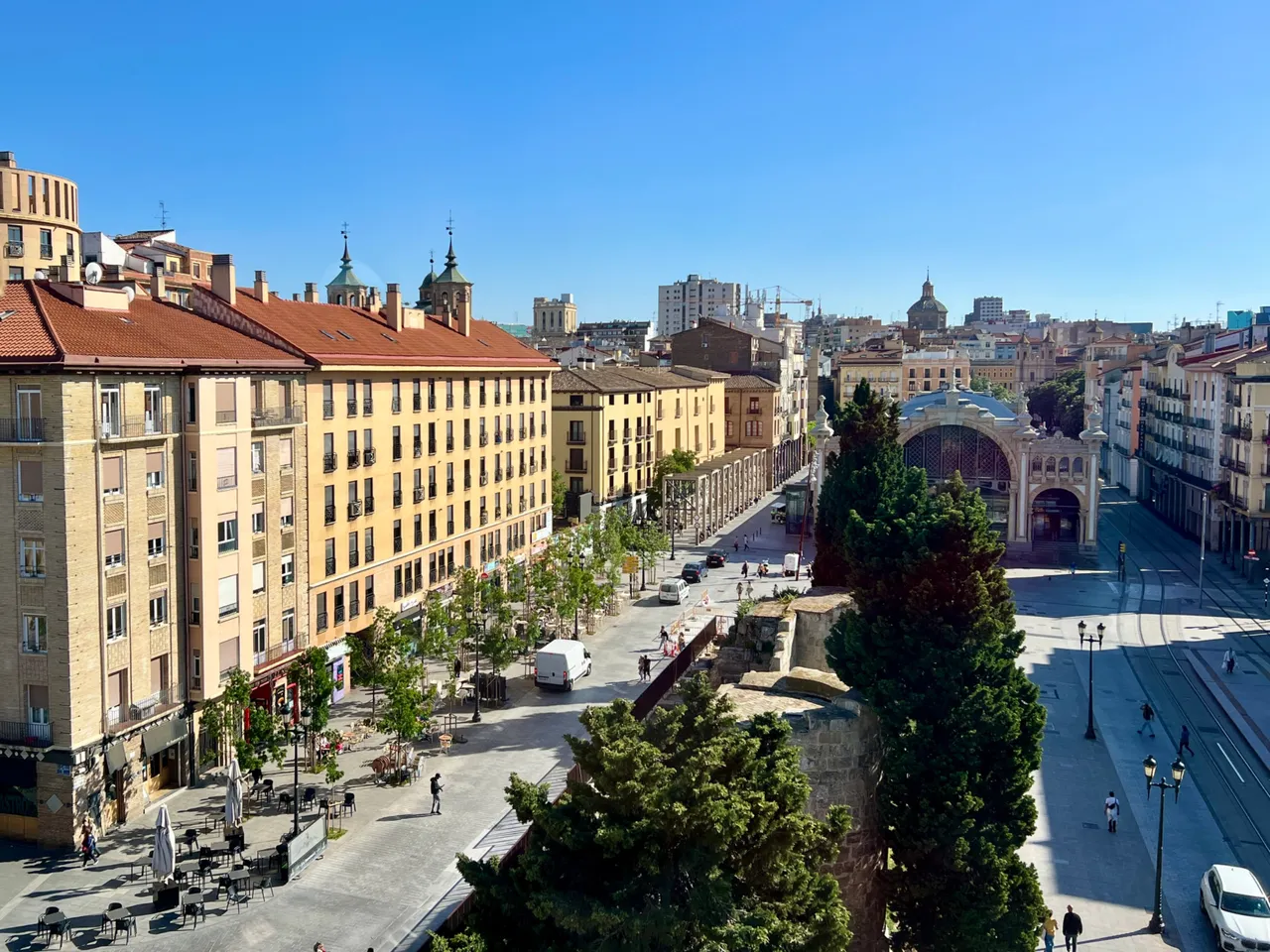
La vista hacia la avenida de César Augusto, con las Murallas Romanas en primer plano, semiocultas por los árboles y el Mercado Central al fondo, son impresionantes.
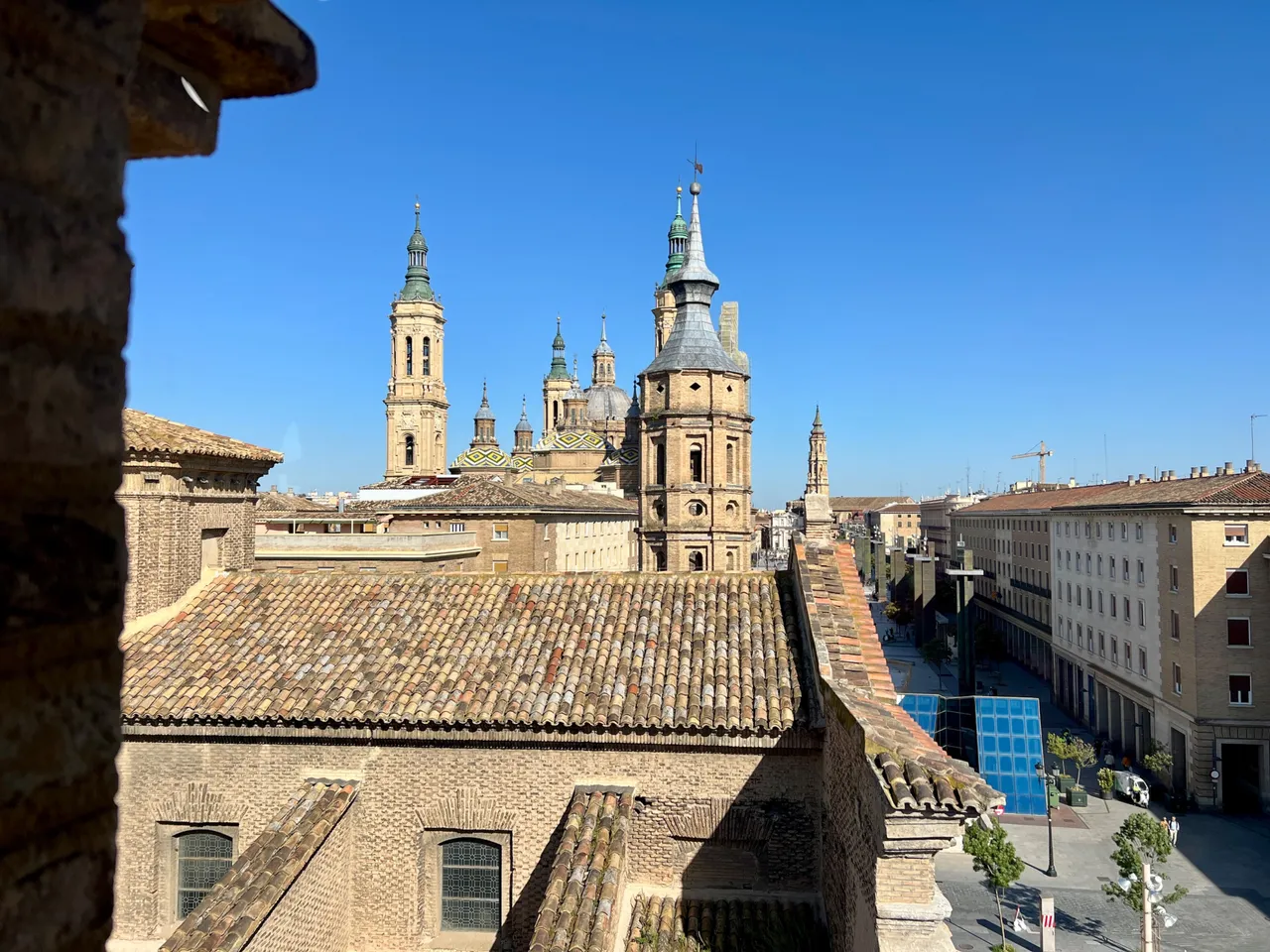
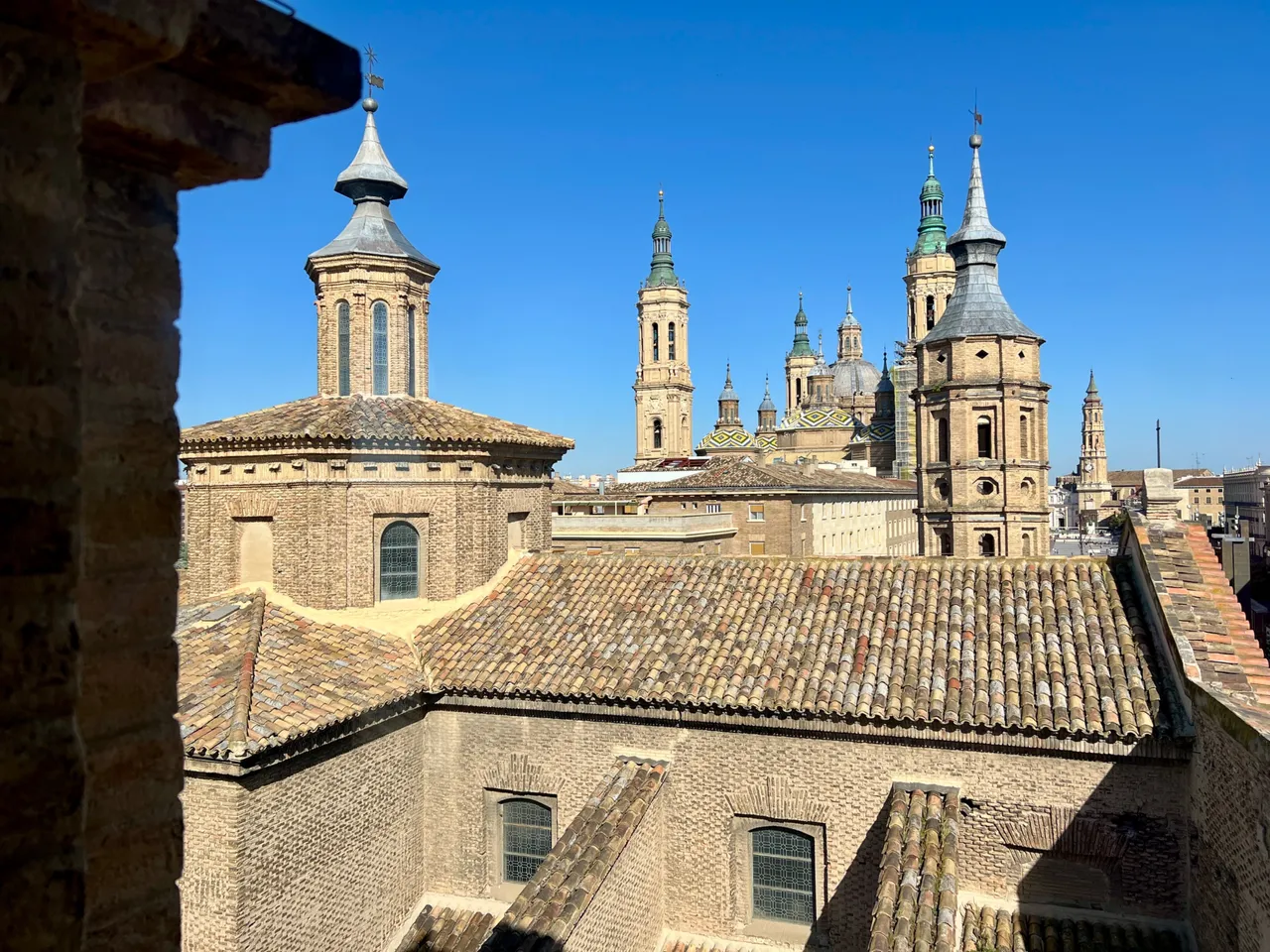
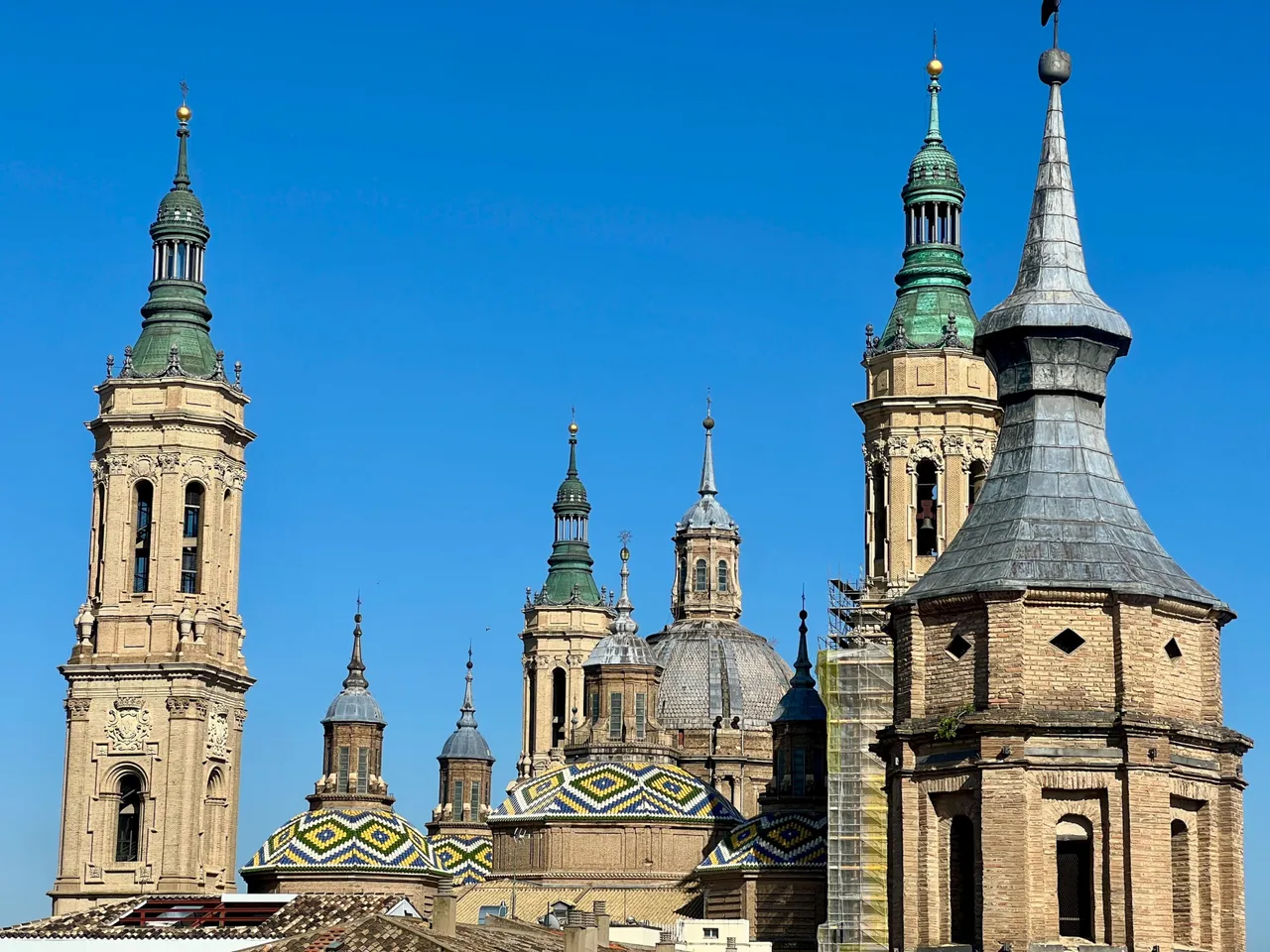
¿Y qué decir al ver frente a tus ojos las torres del Pilar? Nunca las había visto así, el estómago me dio un vuelco de la emoción. Perece que las puedas tocar solo con estirar el brazo.
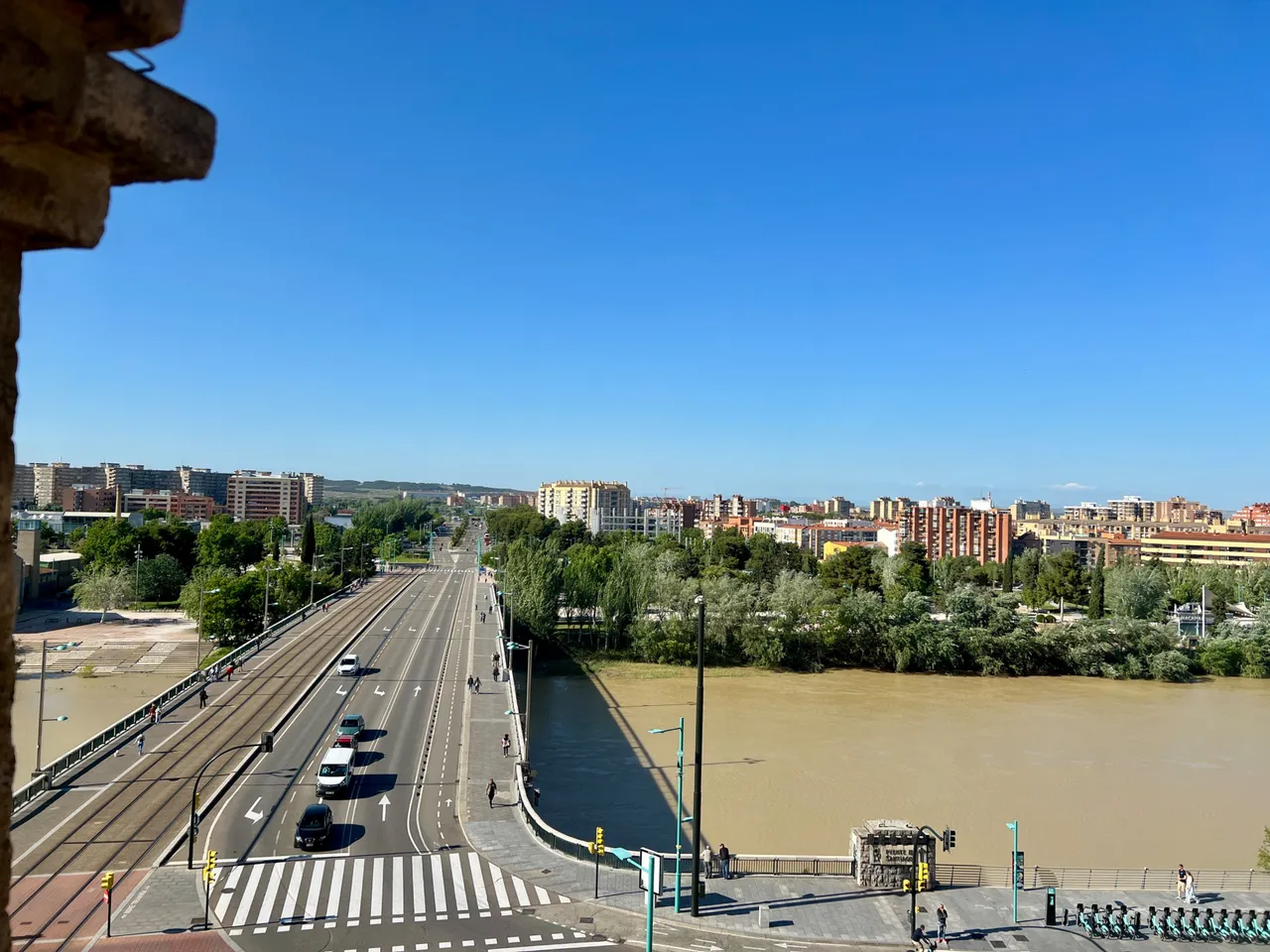
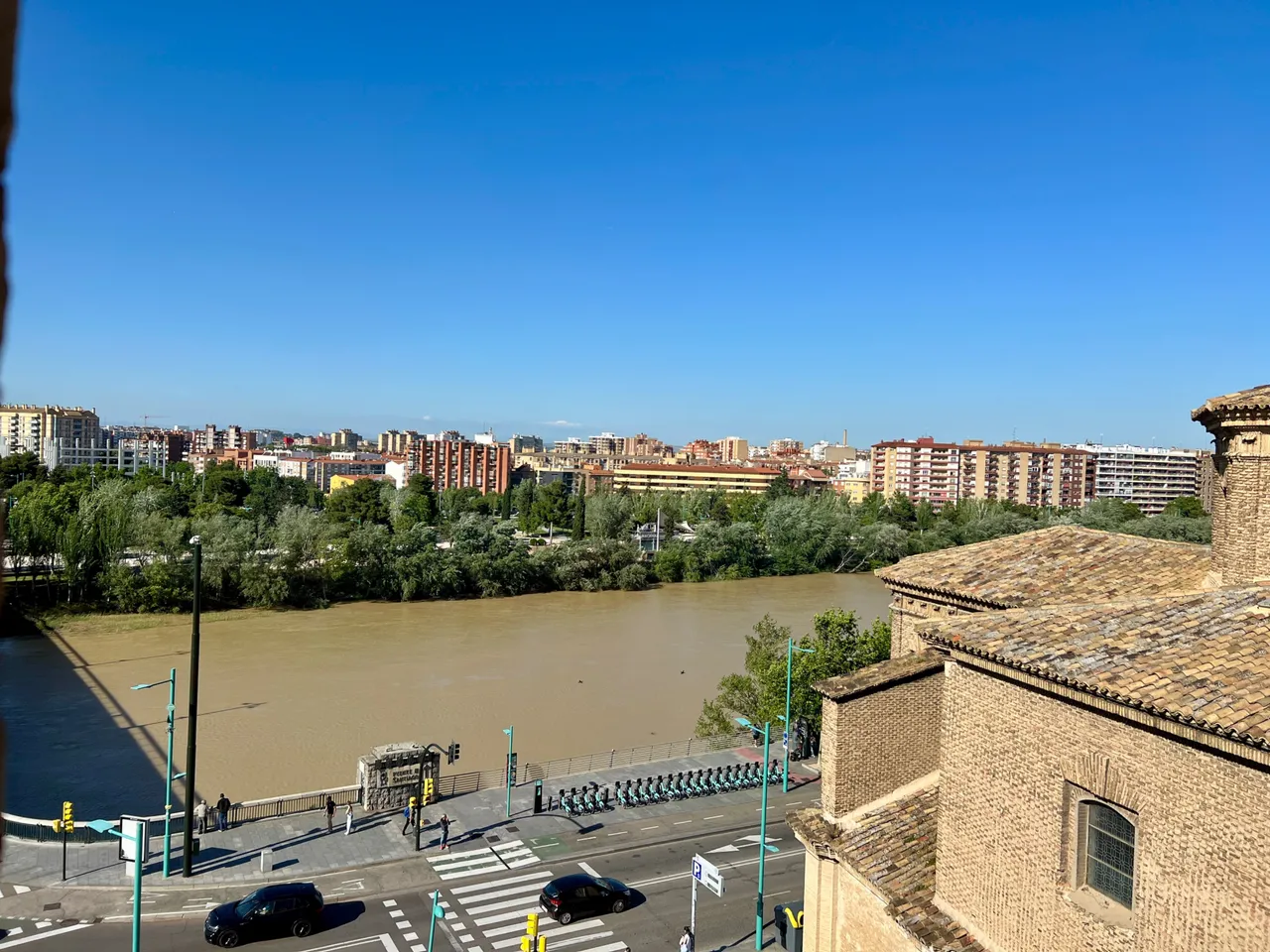
Terminamos la vuelta asomándonos al Ebro y mirando hacia los Pirineos, pues hacia allí se prolonga el puente de Santiago. El día despejado permite adivinar su silueta casi difuminada al fondo, sobre los edificios, si amplías la foto.

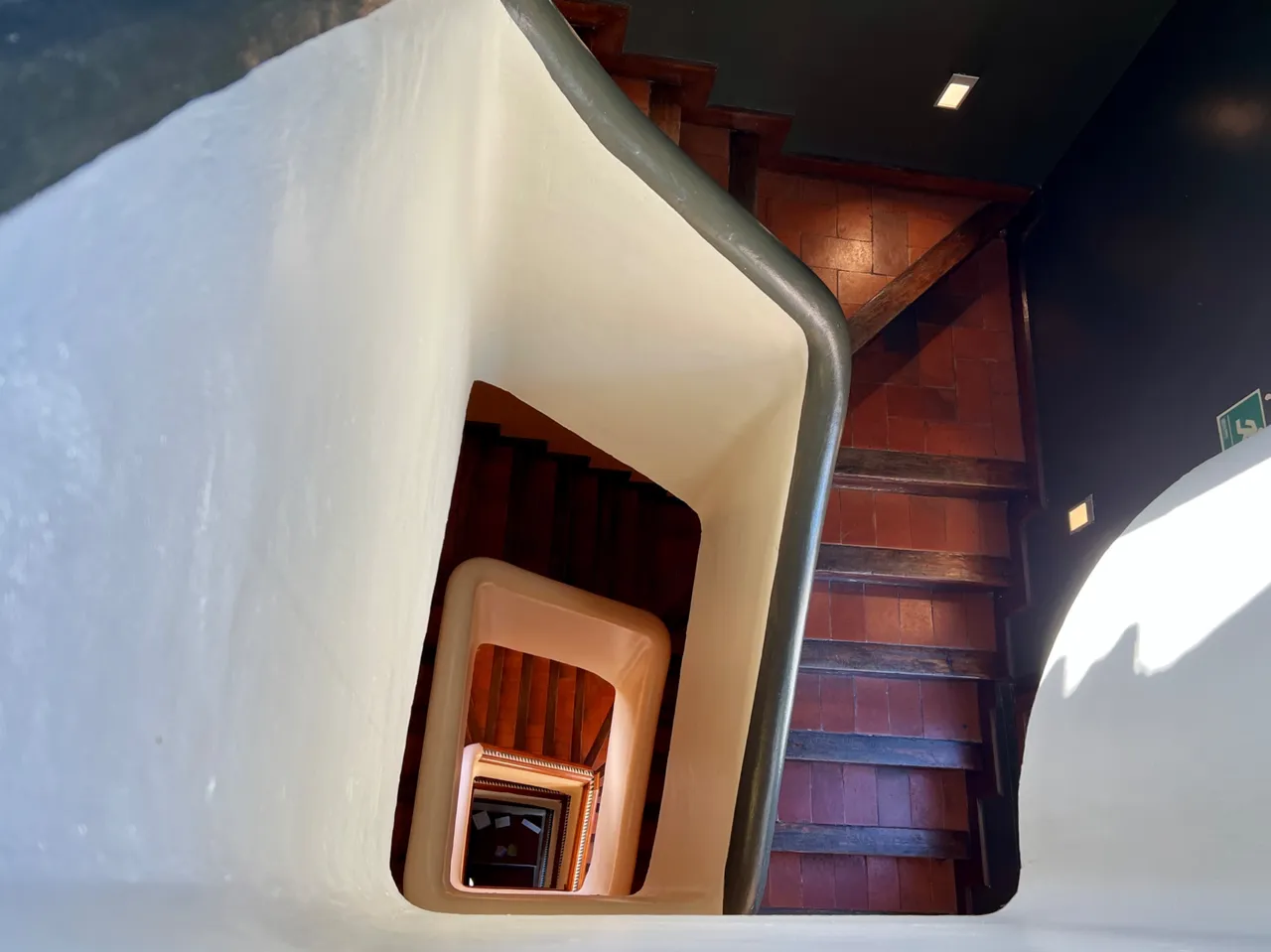
Bajar las escaleras, esta vez con mucho menos esfuerzo, nos devuelve a la planta calle y a la perspectiva cotidiana.
Hasta la próxima publicación. Mientras tanto, ¡cuídate!

Herramientas: Cámara iPhone 13 Pro, editor de fotos Mac.
Mis publicaciones en Worldmappin pinchando aquí
Si te gusta lo que publico, únete a mi Fanbase pinchando aquí

©️Copyright 2025 Paloma Peña Pérez. Todos los derechos reservados.



Hi, dear hiver.
Today we will climb to the heights to see the city of Zaragoza from a different angle. This was the first time I had climbed the Torreón de la Zuda, which is the name of this building. I have passed by it hundreds of times but I don't remember ever going inside.
It is currently used as a tourist office, but in its more than thousand years of history, it has been part of a Muslim fortress, a Christian palace, a prison... in short, it has been put to good use. What we see now is a restoration that is as faithful as possible to how it was in the 16th century.


Access to the Torreón de la Zuda is via a walkway that allows us to cross the remains of the Roman wall without damaging them. Let's not forget that we are in a city that is over two thousand years old, full of archaeological remains underground.



We enter a small reception area whose decorative details remind us of Mudejar art, so prevalent in Aragon. On the left is the information desk and on the right is a small display of the different materials available, all aimed at tourists.



On the right are the stairs, the only way to access the viewpoint. The limited space prevents the installation of a lift to overcome the difference in height. At first they are comfortable, but when you reach the third floor you start to feel the strain... and there are still two more floors to go!


Upon reaching the top, however, we realise that the effort was worth it. Before us is a small room with windows on all sides, offering a 360º panoramic view of Zaragoza. The four cultures that have populated it (Iberian, Roman, Muslim and Christian) are all represented in the city today.



The information panels installed indicate the main places of interest in the city, and thanks to the photographic profile at the top, we can locate them. Once this is done, let's take a look at each window.




The view towards César Augusto Avenue, with the Roman walls in the foreground, half-hidden by trees, and the Central Market in the background, is breathtaking.



And what can you say when you see the towers of El Pilar right before your eyes? I had never seen them like that before, and my stomach did a somersault with excitement. It seems like you could touch them just by stretching out your arm.


We ended the tour by looking out over the Ebro River and towards the Pyrenees, as the Santiago Bridge extends in that direction. The clear day allows you to make out its almost blurred silhouette in the background, above the buildings, if you enlarge the photo.


Going down the stairs, this time with much less effort, brings us back to the ground floor and our everyday perspective.
Until the next post. In the meantime, take care!

Tools: iPhone 13 Pro camera, Mac photo editor.
Translated with DeepL
My publications in Worldmappin by clicking here
If you like my content, join my Fanbase clicking here

©️Copyright 2025 Paloma Peña Pérez. All rights reserved.